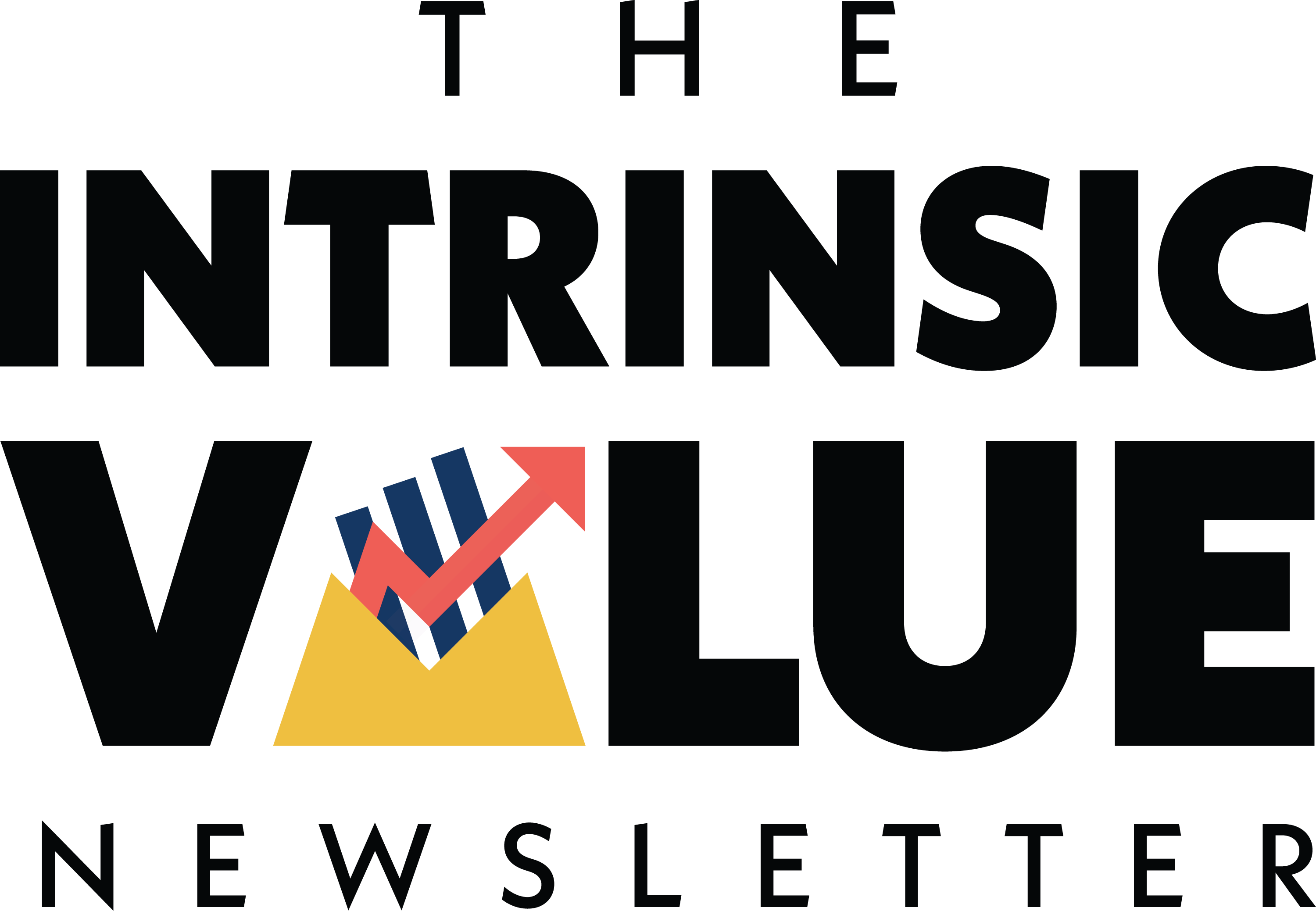Is Your Portfolio Ready for 2022?
10 January 2022
Hey, The Investor’s Podcast Network Community!
The start of a new year has just passed and many resolutions are already in full swing. New Year’s resolutions commonly include eating healthier, losing weight, working out more, spending more time with family, traveling more, and saving more money.
Health is first and foremost. Those resolutions make great sense — without health your investment portfolio likely won’t matter. Assuming good health, your portfolio is not too far behind in importance, as you will need it to fund your later years and enjoy all of your other ambitions.
With health, many people get a checkup or physical each year. Why, then, don’t more people do this with their portfolios? Why isn’t it included with more people’s New Year’s resolutions?
Below are three important aspects to get a checkup on for your investment portfolios as we start a new year:
1. Ensure Correct Accounts
There is no shortage of accounts you could choose to use, from 401Ks to 457B to IRAs to HSAs, even UTMAs, and more. We’re not going to tell you which account you should use — it is entirely dependent on your situation and your goals, neither of which we know. However, you should take inventory of your goals, write them all down, then ensure the accounts you are using for your investments align with those goals.
2. Review Portfolio Allocation
Once you’ve confirmed that you are using the right account(s), which is the first layer, the next layer is to ensure that you have your current investments allocated correctly and that your future contributions are going where you’d like them to. You may have had some investments that performed really well over the past year, and some that may not have done so well, which has thrown your portfolio allocation off. You may have significantly more, or less, of an asset than you’d like to have with your target allocation. Now is a good time to review these potential situations.
If you’re contributing to an account in which you choose where each dollar goes as it is invested, such as many IRAs, you don’t have to concern yourself with ensuring your future contributions are going where you’d like them to, other than to choose the right investments when you do make the contributions. However, with other types of accounts, such as 401Ks, where you do not choose the investment each time money is invested, you will want to ensure that you have it setup correctly for your future contributions to go where you’d like.
3. Review Contribution Amounts
Once you’ve chosen the right accounts and investments, the next step is to ensure you have your contribution plan in place or the right automatic contribution amounts setup. With accounts that are not part of a formalized program, such as IRAs, you will need to determine when you plan to contribute and how much, to ensure you hit your target without going over the contribution limit. With formalized programs, like 401Ks, review the settings within your program to ensure you are contributing the percentage of your salary that is aligned with your expectations and goals.
Of course, there can be far more complexity when it comes to investing, but I often find myself deferring to Pareto’s Principle. In this case, getting the three items above right is the 20% that will likely provide 80% of the benefit.
From our entire team here at TIP, we wish you all a happy, healthy, and prosperous 2022.

– – –
Sponsored by Trends:
Last week, we asked our members how they’ve used Trends to start businesses…
Here are 3 of the 100+ responses we got so far:
- Nathan secured $830K for a glamping business after reading our report on yurts.
- Ben and Liv (they’re twins) launched a D2C marketing agency.
- Kacper was able to quit his full-time job in March after being inspired to start a SaaS company by one of our community threads.



